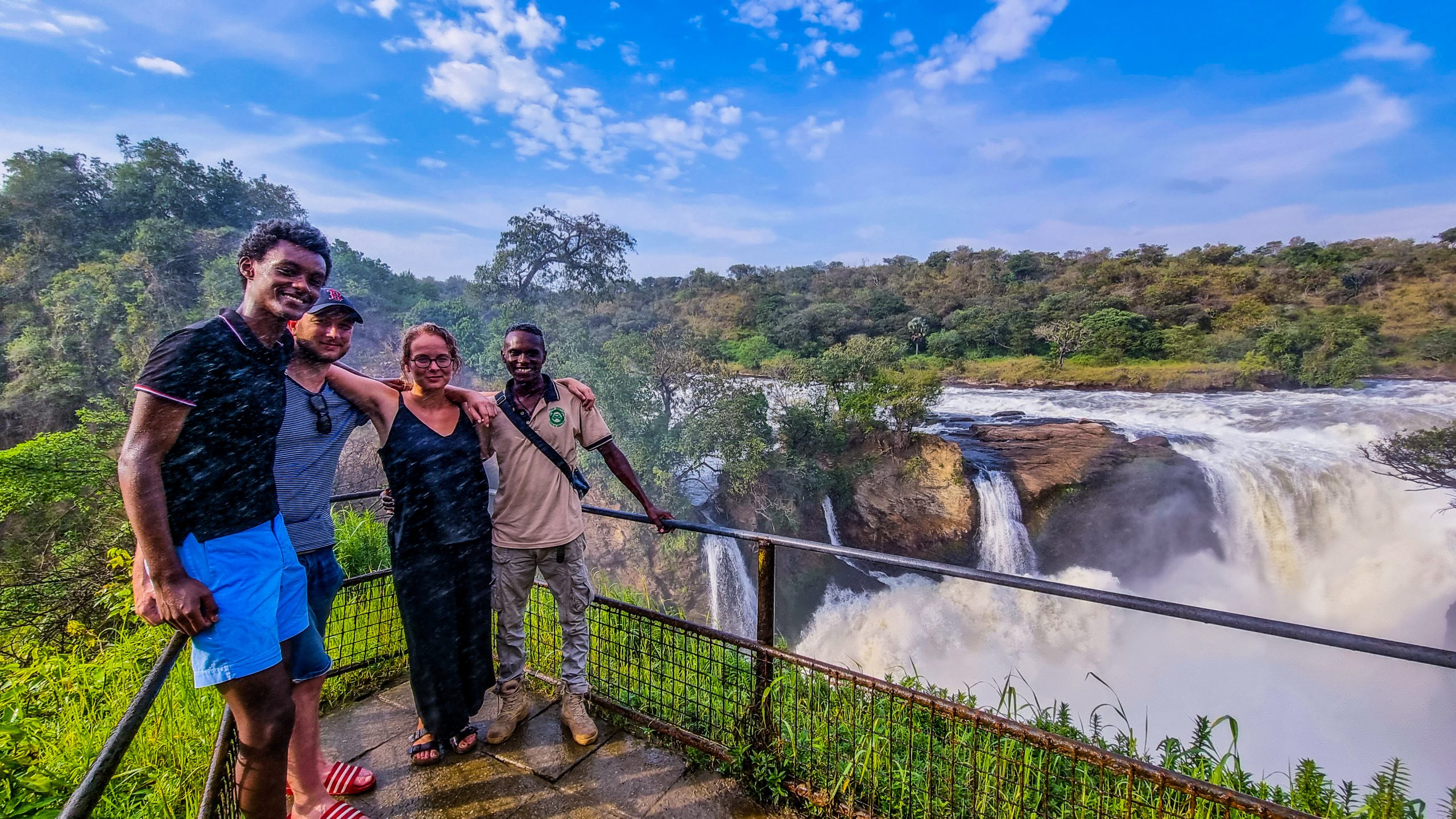Stay Safe in the Wild Top Tips for Exploring Rugged Environments
Stay Safe in the Wild Top Tips for Exploring Rugged Environments Exploring rugged environments can be an exhilarating experience, but it is essential to prioritize safety during these adventures. Whether you are hiking in the mountains, camping in the wilderness, or venturing into any other rugged terrain, following these top tips will help ensure a safe and enjoyable journey.
1. Plan and Prepare
Before setting off on your adventure, make sure to thoroughly plan and prepare for the trip. Create an itinerary, research the area you will be exploring, and check the weather forecast. Share your plans with someone responsible who can keep track of your progress.
Additionally, it is crucial to pack essential items such as appropriate clothing, sufficient food and water, navigation tools (map and compass), a first aid kit, and emergency equipment such as a flashlight, whistle, and fire starters.
2. Know Your Limits
When exploring rugged environments, it is essential to know your limits and only undertake what you are physically and mentally capable of. Be realistic about the distance, difficulty, and duration of your trip. Pushing yourself beyond your limits can lead to exhaustion, injury, or even getting lost.
If you are a beginner or unfamiliar with the terrain, consider starting with shorter and less challenging hikes or trails to build your confidence and gain experience gradually.
3. Dress Appropriately
Wearing appropriate clothing is crucial for staying safe and comfortable in rugged environments. Dress in layers to accommodate changing weather conditions, and opt for moisture-wicking materials to keep you dry if you sweat. Don’t forget to wear sturdy, comfortable footwear with good traction.
Additionally, protect yourself from the sun by wearing a wide-brimmed hat, sunglasses, and sunscreen. If you anticipate encountering bugs, consider using insect repellent or wearing long-sleeved shirts and pants.
4. Stay Hydrated and Fuel Up
Staying hydrated is extremely important when exploring rugged environments. Carry enough water to last your entire journey, and if necessary, plan where you can refill or filter water along the way. You should aim to drink water regularly, even if you don’t feel thirsty.
When it comes to food, pack lightweight, nutritious snacks and meals that will provide you with the energy you need. Remember to pack some extra food in case of unexpected delays.
5. Follow Trail Markers and Maps
To avoid getting lost, always follow trail markers and maps. Pay close attention to signage, cairns, blazes, or any other indicators that guide you along the path. If using a map and compass, make sure you know how to read them correctly.
It is also a good idea to have a backup map or guidebook and a GPS device or smartphone app with a downloaded map in case of electronic device failure or loss of signal.
6. Be Aware of Weather Conditions
Weather conditions in rugged environments can change rapidly. Stay updated on weather forecasts and pay attention to any signs of changing weather during your journey. Be prepared for rain, strong winds, extreme temperatures, or any other potential weather-related hazards. If thunderstorms are forecast






































